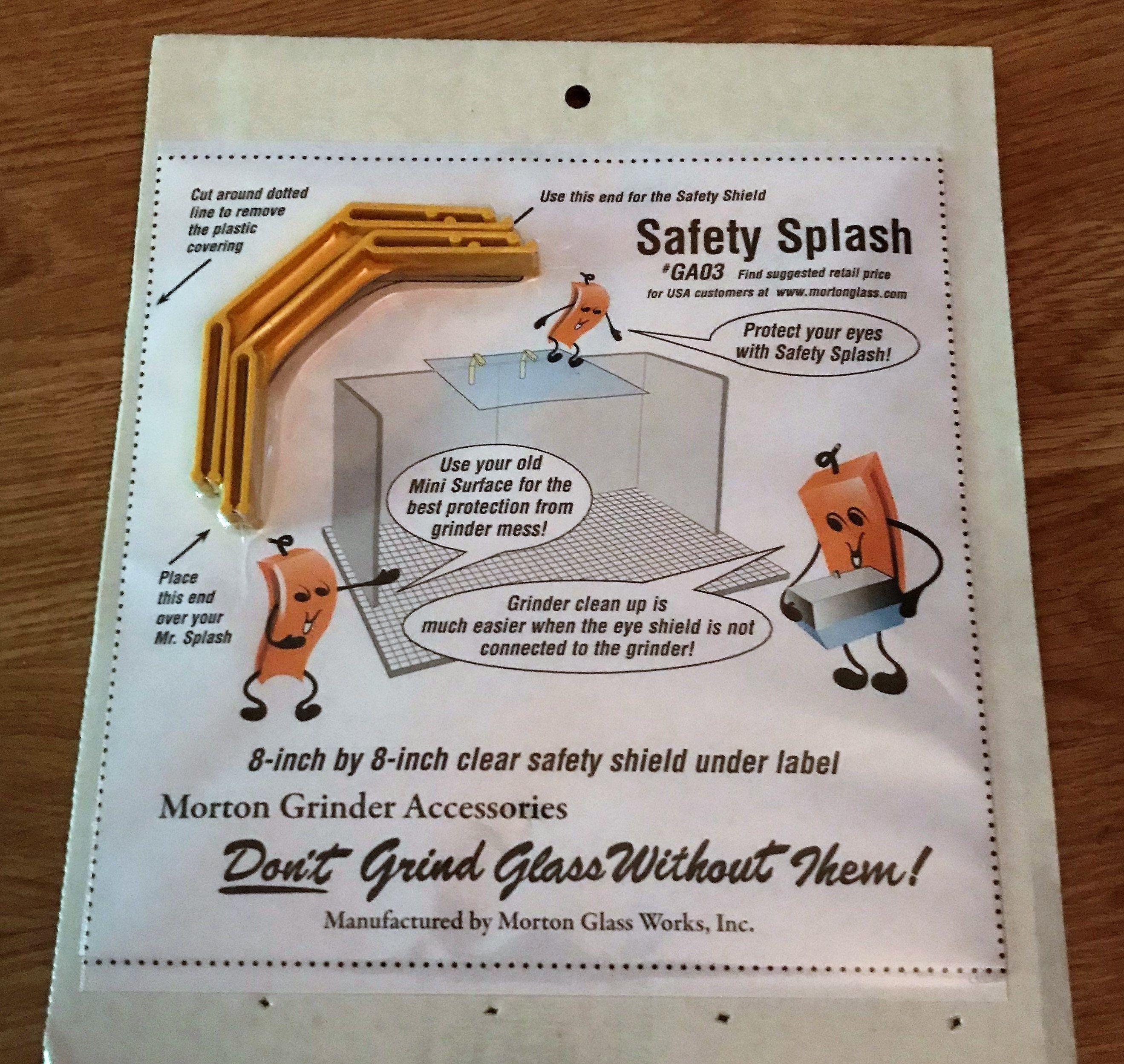
Powered air-purifying respirators (PAPR) should not be brought into Zone IV due to the potential risks of adverse interactions with ferromagnetic components of the PAPR system.Personal Protective Equipment (PPE) worn by MR Technologists and other healthcare personnel entering Zone IV

MRI examinations with metal containing masks is strongly discouraged.

If the patient has a tracheostomy, a face mask without metallic component should also be placed over the tracheostomy. Tape may be applied across the bridge of the nose section of the mask after removing the metal strip if the site feels that this would be sufficient for adequate transmission control and to maintain the intended function of the mask. Alternatively, when this is not possible, metallic components from a face mask should be removed prior to, or when necessary, upon the patient's arrival at the MR suite. If there is a metal strip in the surgical mask, in-patients should be fit with known MR Safe masks or respirators, prior to coming to the radiology department. In addition to a bendable metal strip that permits conforming around the nose in many surgical masks, some manufacturer’s masks incorporate metallic fibers and/or metallic nanoparticles in an effort to enhance antimicrobial properties, and these would be expected to pose a risk in MRI. A recent FDA Safety Communication reports burns to a patient’s face, consistent with the shape of the mask that occurred during a 3T neck exam. MRI facilities are recommended to provide face masks that are known to be MR Safe for patients and research subjects. Patient / research subject use of face masks while in the MR environment is anticipated to provide some level of protection from COVID-19 for these individuals, MR staff, and subsequent patients and research subjects at that location.

MR exams for patients utilizing face masks However, these will be tempered by local guidelines and policies and especially the specific clinical needs of the patients and site, and are likely to change over time.

General guidelines exist, including cleaning protocol with approved disinfecting agents following a clockwise, linear, top to bottom pattern of cleaning all visible surfaces. MR room cleaning and disinfecting protocols are quite varied and are subject to change with the unique clinical circumstances of that particular site (e.g., availability of PPE, emergent need for immediate access to not yet disinfected MR scanner for non-COVID patient, etc.).


 0 kommentar(er)
0 kommentar(er)
